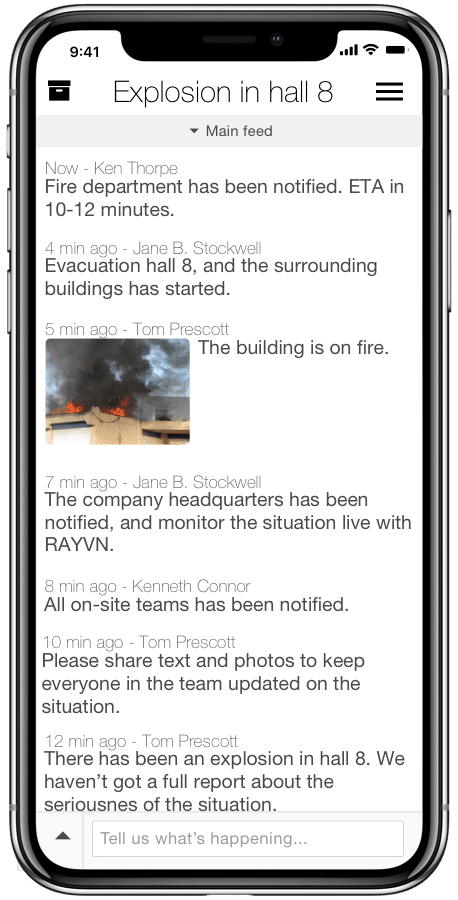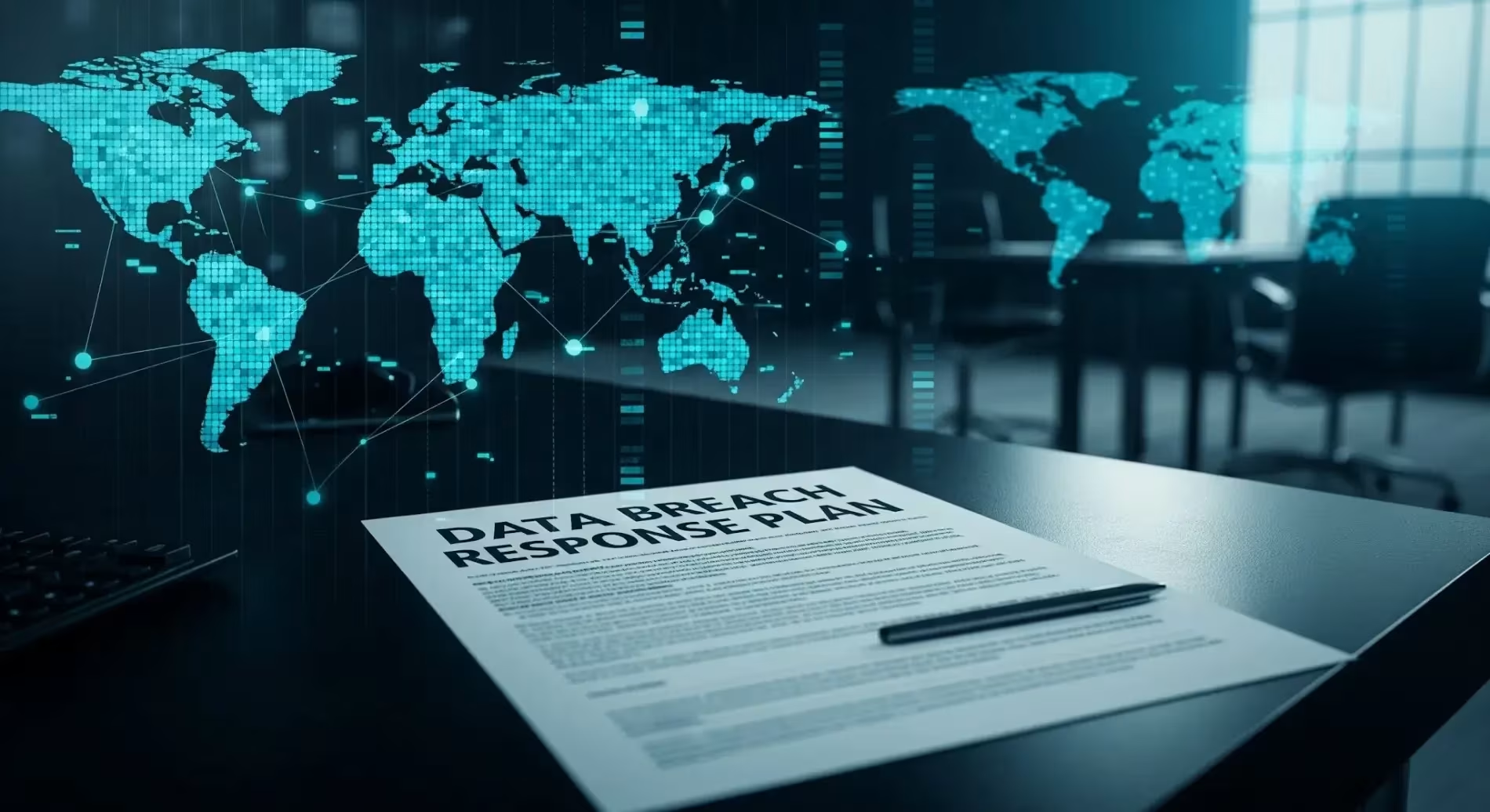All blog posts
7 Steps to Help You Through a Crisis
 Every organization is vulnerable to crises and unforeseen critical events. They often happen quickly and unexpectedly, creating serious damages to business resources. How an organization responds and reacts has a long-term impact on its brand reputation. Thus, crisis management shouldn't be only reactive; it should also consider pre-protective measures and practices to anticipate potential risks.
Every organization is vulnerable to crises and unforeseen critical events. They often happen quickly and unexpectedly, creating serious damages to business resources. How an organization responds and reacts has a long-term impact on its brand reputation. Thus, crisis management shouldn't be only reactive; it should also consider pre-protective measures and practices to anticipate potential risks.A proactive approach ensures predictable, structured, and planned management and a common conceptual understanding for team-based cooperation. This will significantly help mitigate potential damage impacted by an ongoing critical event.
The following steps can help you limit potential damage in a crisis:
- Notify and gather your Core Emergency Management Team
- Gather facts about the incident using your first meeting template
- Delegate tasks to your team
- Identify your stakeholders and take care of external communication.
- Hold frequent status meetings with your team using the status meeting template
- Keep accurate records of what is done by logging key events
- Evaluate, and update your plans with new lessons learned
RAYVN provides the ability to focus on what really matters in times of crisis.
FACT
Actions taken within the initial minutes of a crisis can diminish the severity of consequences and losses.
TIP
You can digitize your Emergency Response plans in RAYVN,
and automate your entire Emergency response.
Try RAYVN for free
Wondering if RAYVN is the right solution?
Get a fully functional RAYVN account to test drive its key features, verify it meets your needs, and see how easy it is to digitalize your emergency response plan.
Sign me up







